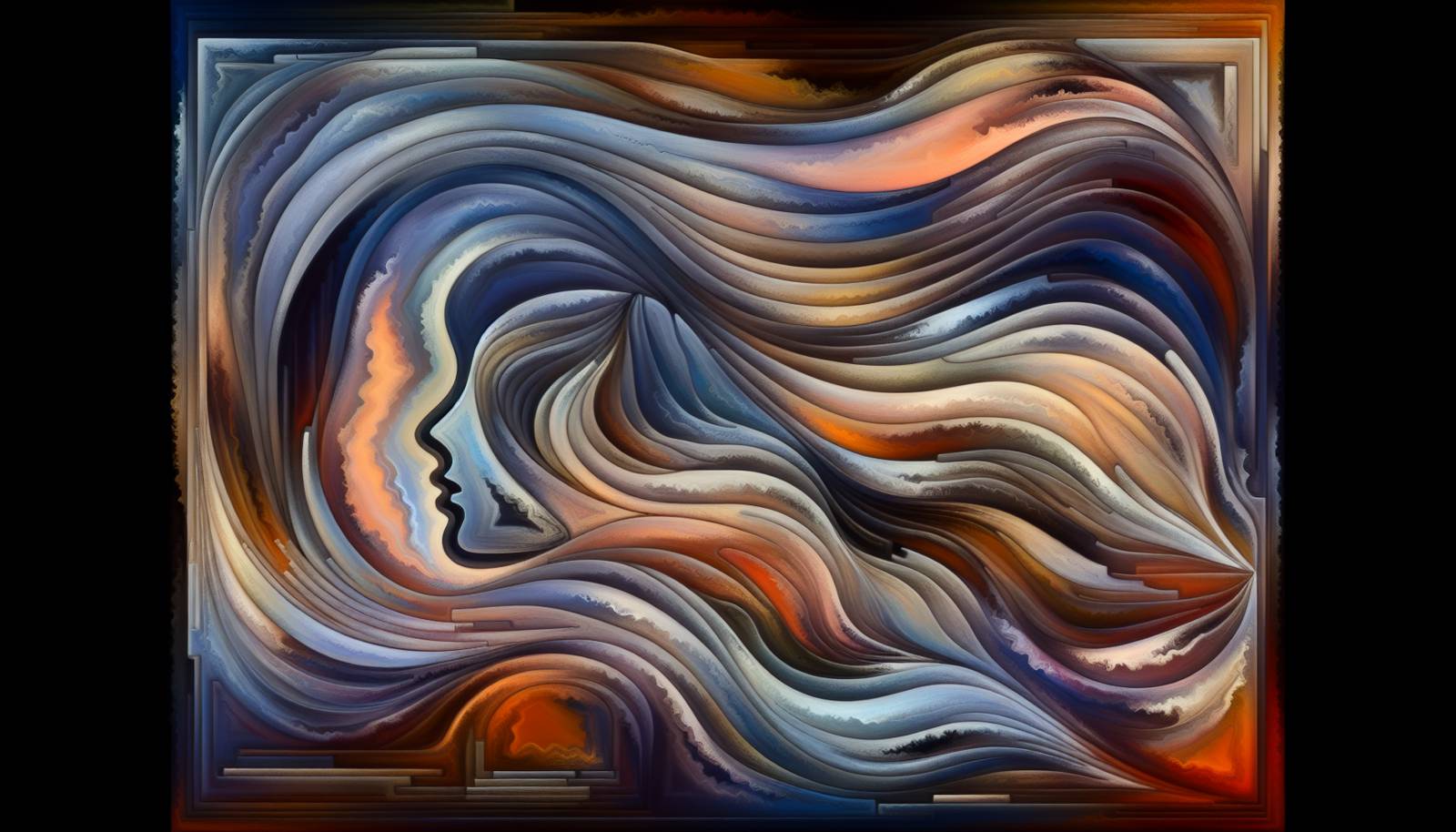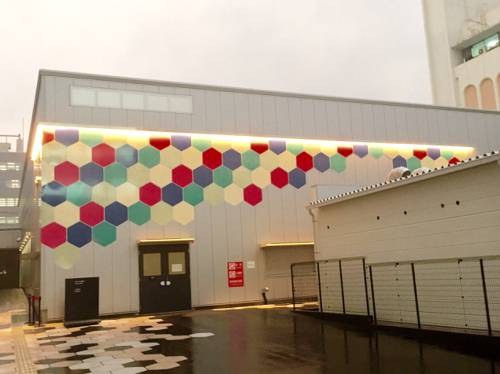
FAQ About Impact of VR on Theatrical Performances

What is virtual reality (VR) and how is it used in theatrical performances?
Virtual reality (VR) is a technology that creates a simulated environment that can be similar to or completely different from the real world. It is used in theatrical performances to provide immersive experiences where the audience can feel as if they are part of the story. By using VR headsets, audiences can experience a 360-degree view of the performance, interact with the environment, and sometimes even influence the outcome of the narrative.

How does VR change the traditional theater experience for the audience?
VR transforms the traditional theater experience by making it more immersive and interactive. Audiences are no longer passive observers; instead, they can be part of the story and interact with characters and the environment. This level of engagement allows for a more personalized and emotionally impactful experience, as the audience can explore different scenes and perspectives within the same performance.

What are some examples of VR being used in theater?
Examples of VR in theater include productions like "The Under Presents," which combines live actors and VR to create an interactive show, and "Finding Pandora X," where audiences participate in a mythological journey, interacting with characters and influencing the storyline. These examples showcase the potential of VR to expand narrative possibilities and improve audience engagement.

What are the benefits of integrating VR into theatrical performances?
Integrating VR into theatrical performances offers several benefits, including enhanced audience engagement, the ability to create stunning and imaginative worlds that are not possible on a traditional stage, and the opportunity to reach a global audience who can experience the performance remotely. Additionally, it provides new creative opportunities for artists and producers to tell stories in innovative ways.

Are there any challenges associated with using VR in theater?
There are several challenges associated with using VR in theater, including the high cost of VR equipment, the need for technical expertise to develop and manage VR content, and potential issues with audience accessibility, such as VR motion sickness or the availability of VR headsets. Additionally, integrating VR technology can alter the live aspect of theater, which may not appeal to all traditional theater-goers.

How does VR technology affect the role of actors in theater?
VR technology can significantly impact the role of actors in theater by incorporating motion capture and voice acting for fully immersive experiences. Actors may need to adapt to performing in virtual environments, potentially without a physical audience. It can also open opportunities for actors to interact differently with audiences, providing more dynamic and varied performances.

Can VR theater performances be accessed remotely?
Yes, one of the significant advantages of VR theater performances is their ability to be accessed remotely. Audiences can view and interact with performances from anywhere in the world as long as they have a VR headset and internet connection. This accessibility expands the reach of theatrical productions and allows for a broader audience.

How do VR theater performances impact audience engagement compared to traditional theater?
VR theater performances can greatly enhance audience engagement by offering a more interactive and immersive experience. It allows viewers to explore the environment, choose their perspective, and sometimes influence the story's direction. This level of participation can lead to a more intimate and memorable experience than traditional theater, where the audience remains passive.

Is VR theater suitable for all genres of theatrical performances?
While VR theater has a lot of potential, it may not be suitable for all genres. Genres that rely heavily on subtle, nuanced performances or traditional staging might not translate well to a virtual environment. However, genres like sci-fi, fantasy, and experiential theater could benefit greatly from VR's capabilities to create expansive worlds and interactive narratives.

How do VR experiences compare to live theater in terms of audience satisfaction?
VR experiences offer a different form of satisfaction compared to live theater, focusing on interactivity and immersion. Some audience members may prefer the tangible atmosphere and direct human connection of live performances, while others may find VR’s immersive environments more engaging. Satisfaction levels can vary depending on personal preferences and the quality of the VR production.

What kind of equipment is needed for audiences to experience VR theater?
To experience VR theater, audiences typically need a VR headset, such as Oculus Rift, HTC Vive, or similar devices that provide a fully immersive visual and auditory experience. Additionally, a stable internet connection can be necessary if the performance is accessed remotely. Some productions may also require controllers for audience interaction.

Can VR technology be integrated with live in-person theater performances?
Yes, VR technology can be integrated with live in-person theater performances. This can be done by combining live actors with virtual elements that audiences view through VR headsets or by creating hybrid experiences where parts of the performance are augmented using VR. Such integrations can enhance the storytelling and provide unique, blended experiences.

What types of stories work best in VR theater?
Stories that involve exploration, interactivity, and immersive environments tend to work best in VR theater. Sci-fi, fantasy, and adventure genres, with their dynamic settings and plot possibilities, can leverage VR technology effectively. Additionally, narrative experiences that allow audience participation and decision-making can create a deeper engagement, making them well-suited for VR.

How do VR theatrical performances influence production design?
VR theatrical performances revolutionize production design by allowing creators to build expansive, imaginative worlds without the physical limitations of a stage. Designers can focus on virtual environments that evolve naturally within the narrative. However, this transition also requires mastering digital tools and techniques to create fluid and visually stunning experiences.

What is the future of VR in theater?
The future of VR in theater looks promising with continuous technological advancements. As VR becomes more accessible and affordable, more theater companies are likely to experiment with it, leading to new forms of storytelling. The integration of artificial intelligence and more interactive narrative structures could further transform how stories are experienced, creating unique, personalized experiences for each audience member.

Are there any famous theater companies experimenting with VR?
Yes, several renowned theater companies have begun experimenting with VR. The Royal Shakespeare Company and the National Theatre in London are notable examples that have explored VR's potential through various productions. These efforts showcase how traditional theater institutions are embracing new technologies to enhance audience engagement and explore creative possibilities.

Is it possible to monetize VR theater performances, and how?
Yes, VR theater performances can be monetized through various channels. Ticket sales for virtual events, partnerships with VR platform providers, and subscription models offering exclusive content are popular avenues. Additionally, producers may seek sponsorships and grants to fund productions, leveraging the unique aspects of VR to attract investment and audience interest.

How can VR help to create more inclusive theater experiences?
VR has the potential to create more inclusive theater experiences by making performances accessible to people who cannot attend in person due to geographic, physical, or financial limitations. By offering performances remotely, VR can democratize access to cultural events, allowing a more diverse audience to enjoy theater from their own locations.

What skills are needed to create VR theatrical experiences?
Creating VR theatrical experiences requires a combination of skills. Storytelling and performance expertise are essential, alongside technical skills in VR development, including 3D modeling, programming, and sound design. Collaborators often need to work together to ensure the narrative is well-integrated with the technical aspects to create a seamless experience.

How does VR theater differ from traditional theater in terms of storytelling?
VR theater differs from traditional theater by offering nonlinear narratives and interactive elements that allow audiences to influence the story. This form of storytelling can turn viewers into active participants, exploring different plotlines and perspectives. Traditional theater generally follows a linear narrative where the audience passively observes a fixed sequence of events.
